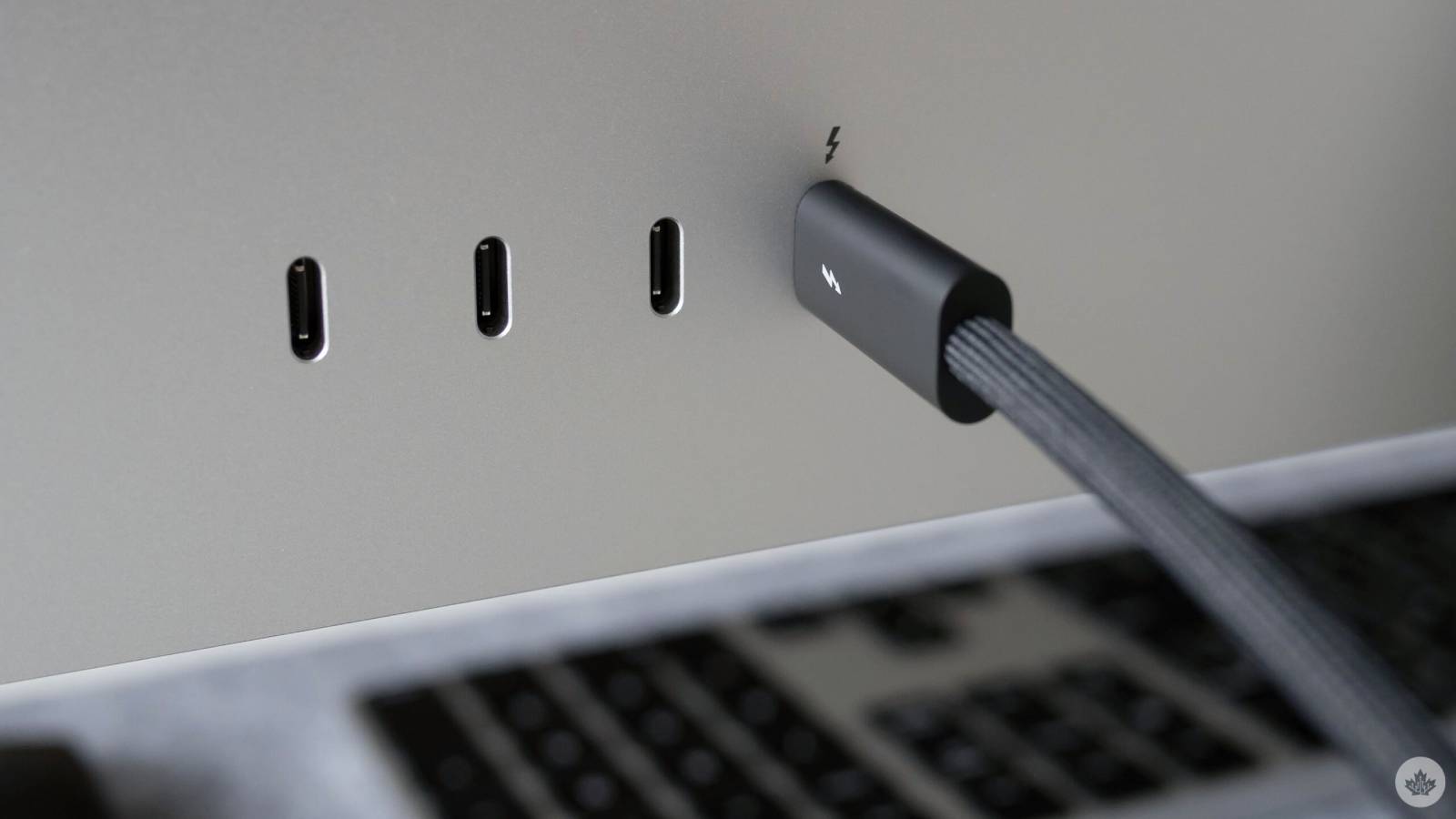![]()
Apple recently started selling a
3-meter Thunderbolt 4 Pro cable through its online store, as spotted by French website
MacGeneration. The cable can be used to connect a Mac equipped with Thunderbolt ports to Apple's new Studio Display and other peripherals.
Priced at $159 in the United States, the 3-meter cable provides users with a longer option than the 1-meter Thunderbolt 4 Pro cable that Apple includes with the Studio Display. Apple also sells a
1.8-meter version of the cable for $129.
Featuring a black braided design, the cable supports Thunderbolt 3, Thunderbolt 4, and USB 4 data transfer at up to 40Gb/s, USB 3.1 Gen 2 data transfer at up to 10Gb/s, DisplayPort video output (HBR3), and USB-C Power Delivery at up to 100W.
The cable can also be used with Apple's Pro Display XDR, USB-C and Thunderbolt docks, external storage drives, and more.
Article Link:
Apple Now Selling Longer 3-Meter Thunderbolt 4 Pro Cable for Studio Display



